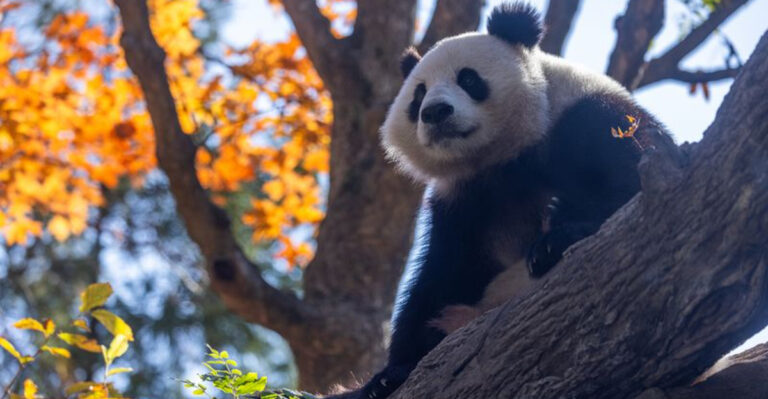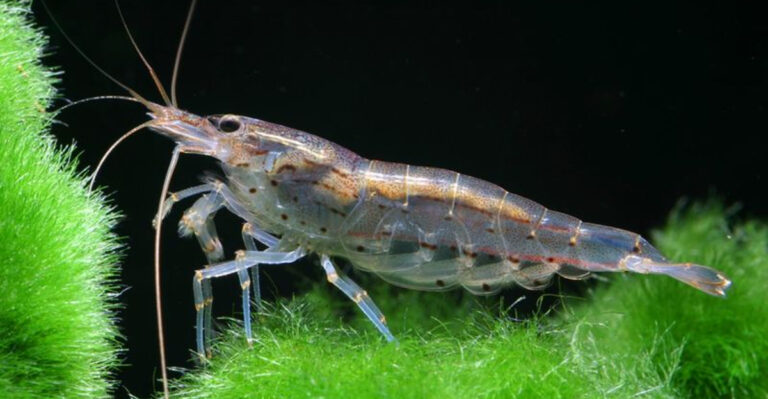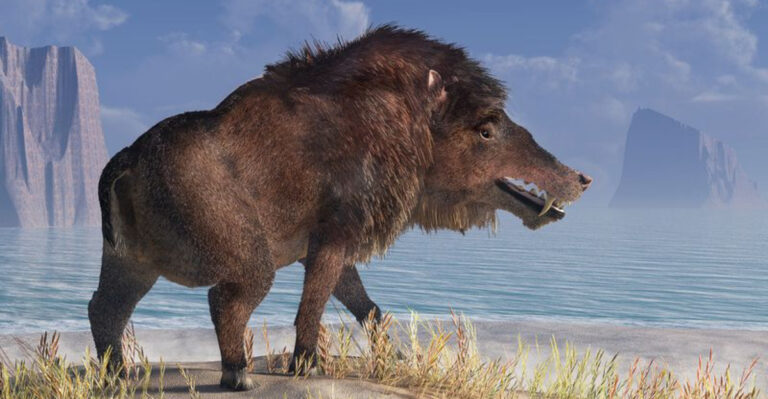The Gila Monster: 10 Facts About America’s Venomous Lizard
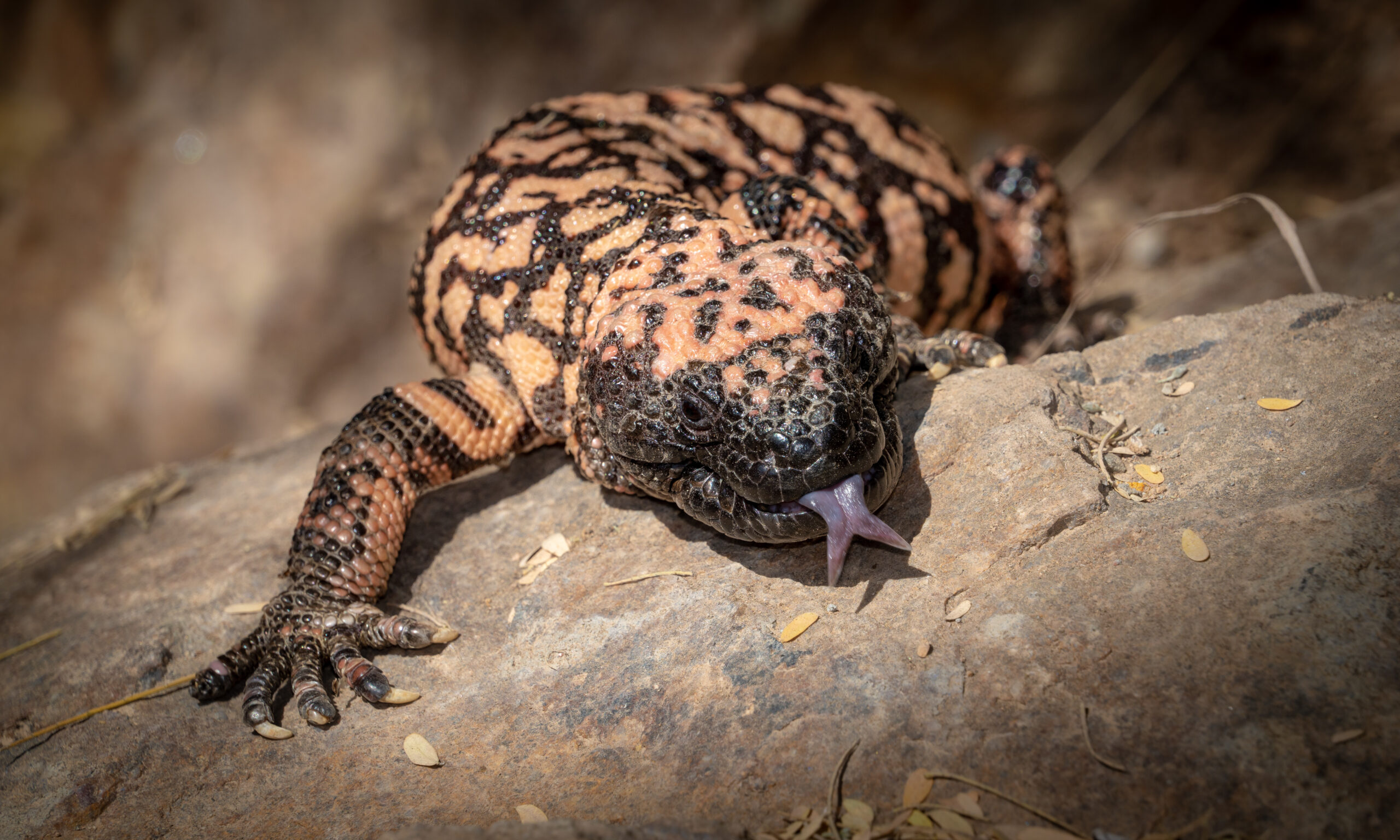
The Gila monster is a fascinating creature native to the deserts of the southwestern United States and northwestern Mexico. Known for its striking appearance and unique behaviors, this lizard has captured the curiosity of many.
In this listicle, we will explore captivating facts about the Gila monster, shedding light on its life, habitat, and distinctive traits.
1. A Unique Venomous Reptile
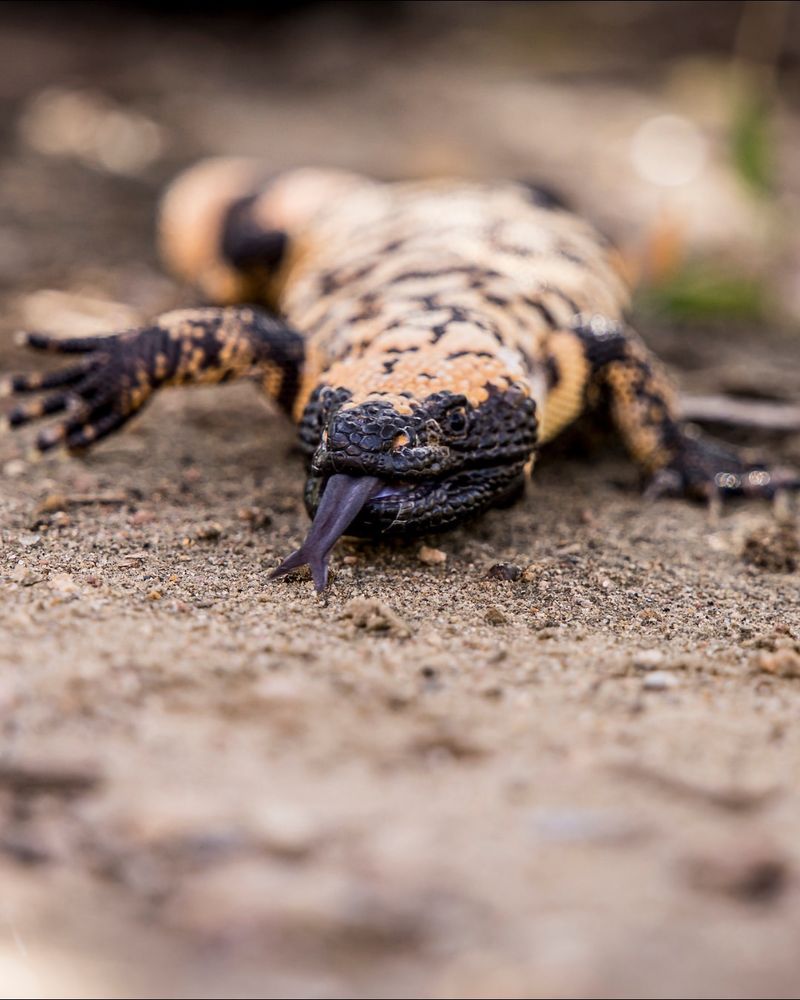
Unlike most lizards, the Gila monster is one of the few species that are venomous, and one of the most dangerous reptiles in North America at that. Their venom glands are located in the lower jaw, and they deliver their toxin by biting and chewing their prey. This process allows the venom to seep into the wound.
Despite common myths, Gila monsters are not deadly to humans. In fact, their venom is being studied for its potential medical benefits, including the treatment of diabetes. Gila monsters are slow-moving and rely on their strong jaws and venom for defense and hunting.
This fascinating adaptation makes them a unique subject of study in the reptile world. Understanding their venom’s composition could lead to breakthroughs in medicine, illustrating the importance of preserving this species.
Their distinctive appearance and venomous nature make them stand out in the animal kingdom.
2. Adaptations To Desert Life
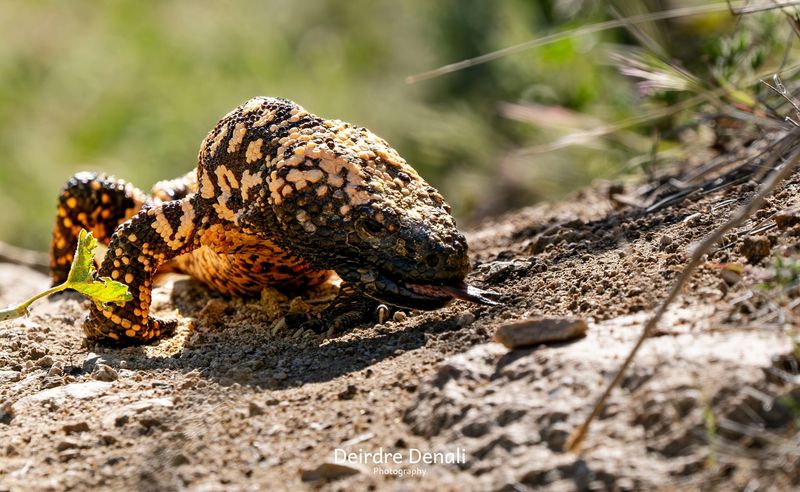
Thriving in the harsh conditions of the desert, Gila monsters have developed several adaptations to survive. Their skin is thick and bead-like, providing protection and minimizing water loss, crucial attributes in arid environments.
The lizard’s ability to store fat in its tail allows it to go months without eating, a vital survival tactic when food is scarce. These reptiles are mainly active during the cooler parts of the day, such as early morning and late afternoon, to avoid the extreme desert heat.
They spend the majority of their time in burrows, which helps maintain a stable body temperature and conserve moisture. This lifestyle is indicative of their ability to thrive in one of the world’s most challenging habitats.
Their resilience in such extreme conditions is a testament to their remarkable evolutionary journey.
3. Diet
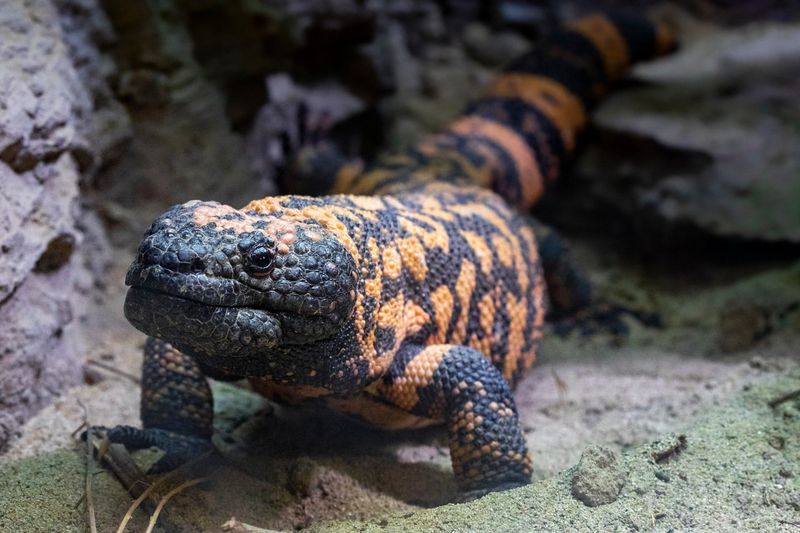
Gila monsters have a diverse diet, primarily consisting of small mammals, birds, eggs, and insects. Their strong sense of smell aids in locating prey, even when it’s hidden underground or beneath rocks.
This keen olfactory ability is complemented by their patience, as they can wait silently for the perfect moment to strike. The process of feeding is slow and methodical, with the lizard using its powerful jaws to crush and consume prey.
Unlike many other reptiles, Gila monsters do not need to eat frequently, thanks to their low metabolic rate and ability to store fat. This dietary flexibility enables them to survive in an environment where food may not be readily available, underscoring their adaptability and evolutionary success.
Their unique feeding habits contribute to their mystique and allure in the eyes of researchers and enthusiasts alike.
4. Distinctive Appearance
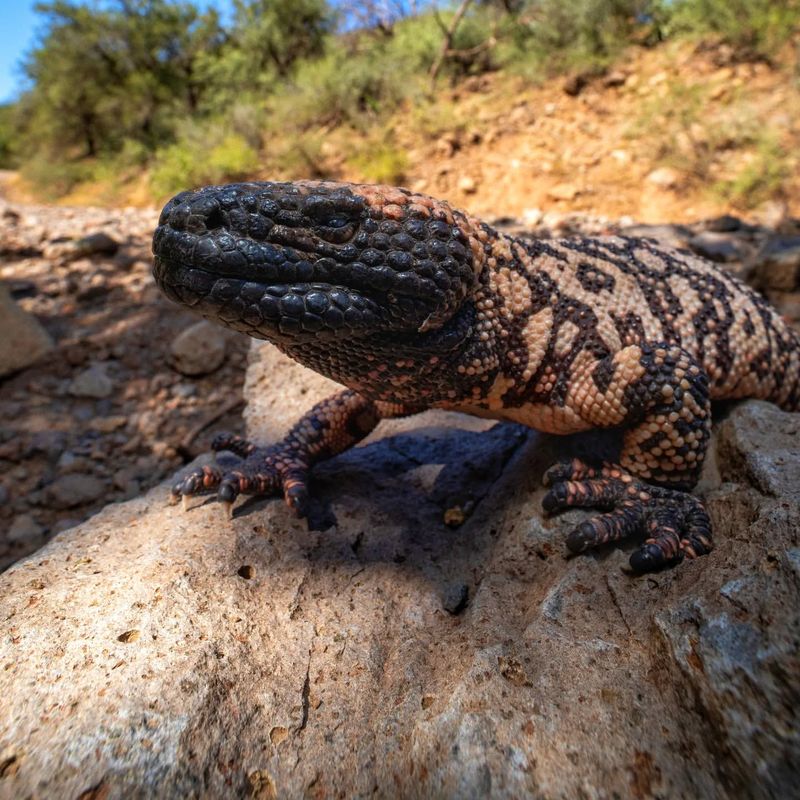
One of the most striking features of the Gila monster is its distinct appearance. Their skin is covered in bead-like scales, colored in patterns of black and pink or orange. These vibrant colors are not just for show; they serve as a warning to potential predators about the lizard’s venomous capabilities.
The Gila monster’s stout body and short, robust limbs give it a powerful appearance, further emphasized by its broad head and thick tail. This unique look has made the Gila monster a popular subject in art and mythology, often symbolizing strength and mystery.
Their eye-catching coloration and form are not just adaptations for survival but also a testament to the rich biodiversity of the regions they inhabit. These features make the Gila monster not only a fascinating creature to observe but also an important species for ecological studies.
5. Reproduction And Lifespan
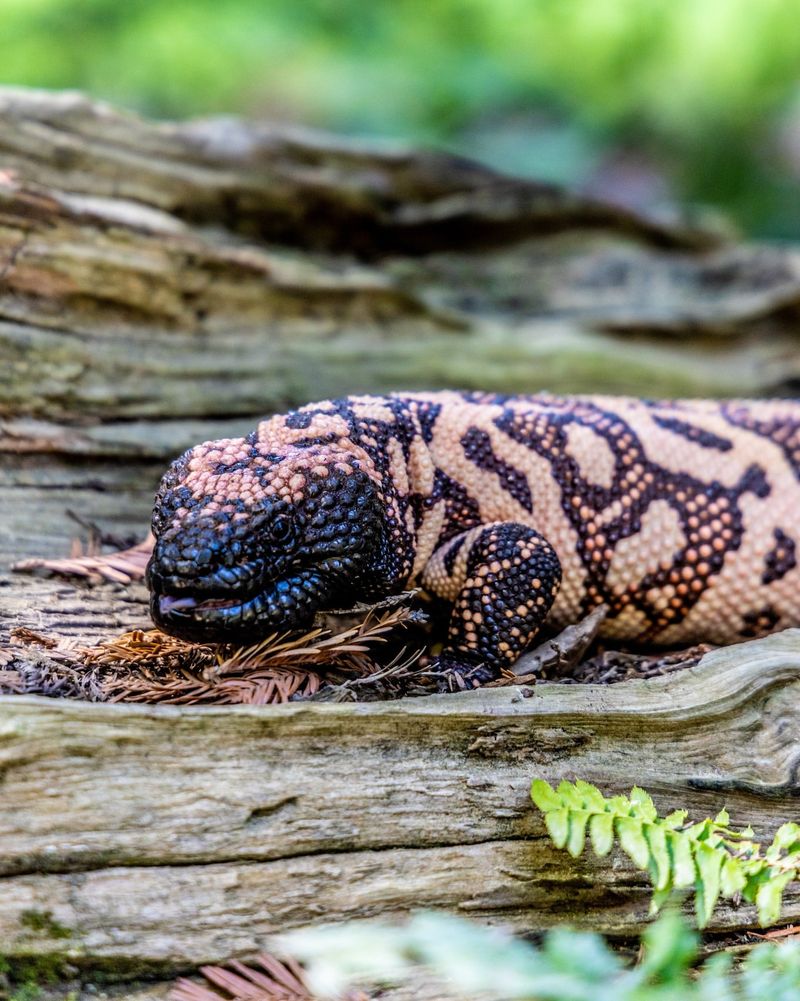
Gila monsters have a slow and deliberate reproductive process. Mating occurs in the spring, and females lay their eggs in the summer, burying them in sandy soil where they incubate for several months. The young hatchlings emerge in the fall, fully independent and equipped to survive on their own.
These lizards have a relatively long lifespan for reptiles, often living over 20 years in the wild. This longevity is partially due to their slow metabolism and sedentary lifestyle, which reduces the risks of predation and injury.
The extended lifespan and unique reproductive strategies of Gila monsters provide valuable insights into the life cycles of reptiles, highlighting the diversity and adaptability of life in desert ecosystems. These aspects of their biology continue to intrigue scientists and contribute to their status as a species of interest.
6. Conservation Status
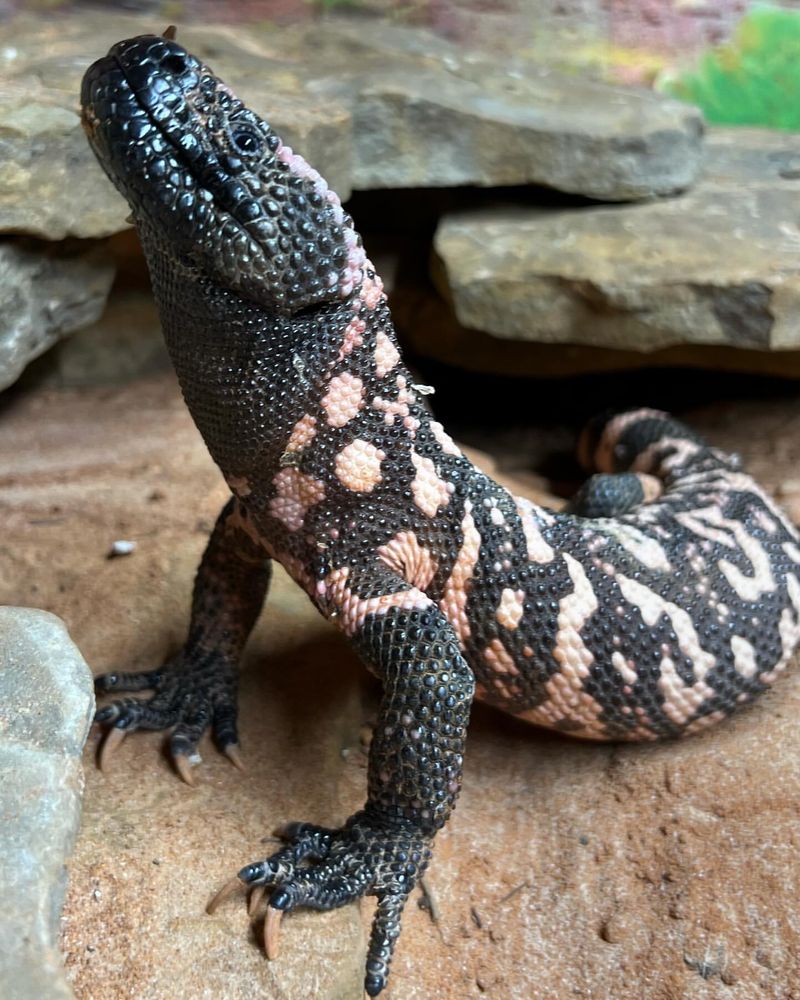
The Gila monster is currently listed as Near Threatened, with habitat destruction being a primary concern. Urbanization and land development in their native regions have led to a decline in their natural habitat, making conservation efforts crucial for their survival.
Many organizations are working to protect the Gila monster and its environment, focusing on habitat preservation and research into their ecological role. Educating the public about the importance of these creatures is also a vital component of conservation efforts.
By understanding and mitigating the threats they face, we can help ensure the continued existence of this remarkable species.
Conservation efforts not only aim to protect the Gila monster but also the rich biodiversity of their desert habitats. These efforts are vital for maintaining the ecological balance and health of these regions.
7. Cultural Significance
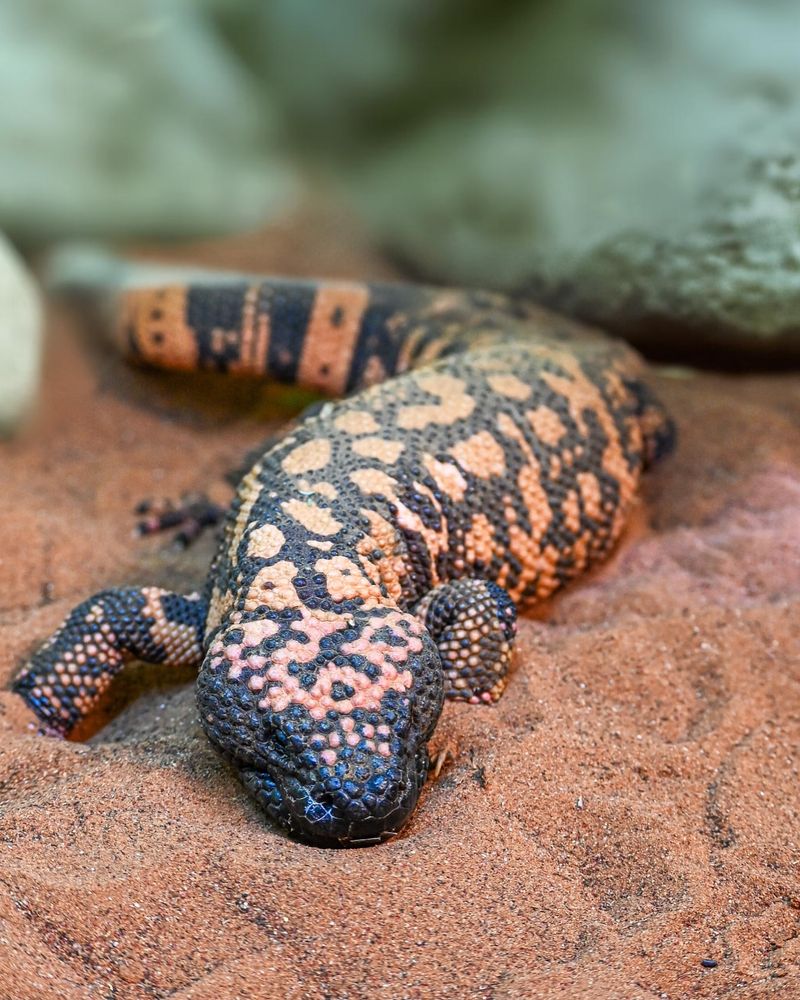
Throughout history, the Gila monster has held a place of significance in various cultures, particularly among Native American tribes in the Southwest. It is often regarded as a symbol of strength and mystery, featuring prominently in myths and stories passed down through generations.
The striking appearance and unique traits of the Gila monster have inspired artists and storytellers alike, contributing to its cultural legacy. In some traditions, the lizard is believed to possess healing properties, a notion that aligns with modern research into its venom for medical purposes.
This cultural significance adds another layer to our understanding of the Gila monster, illustrating its impact beyond the natural world and into the realms of art and myth. These cultural connections enhance its status as a creature of intrigue and fascination.
8. Sense Of Smell
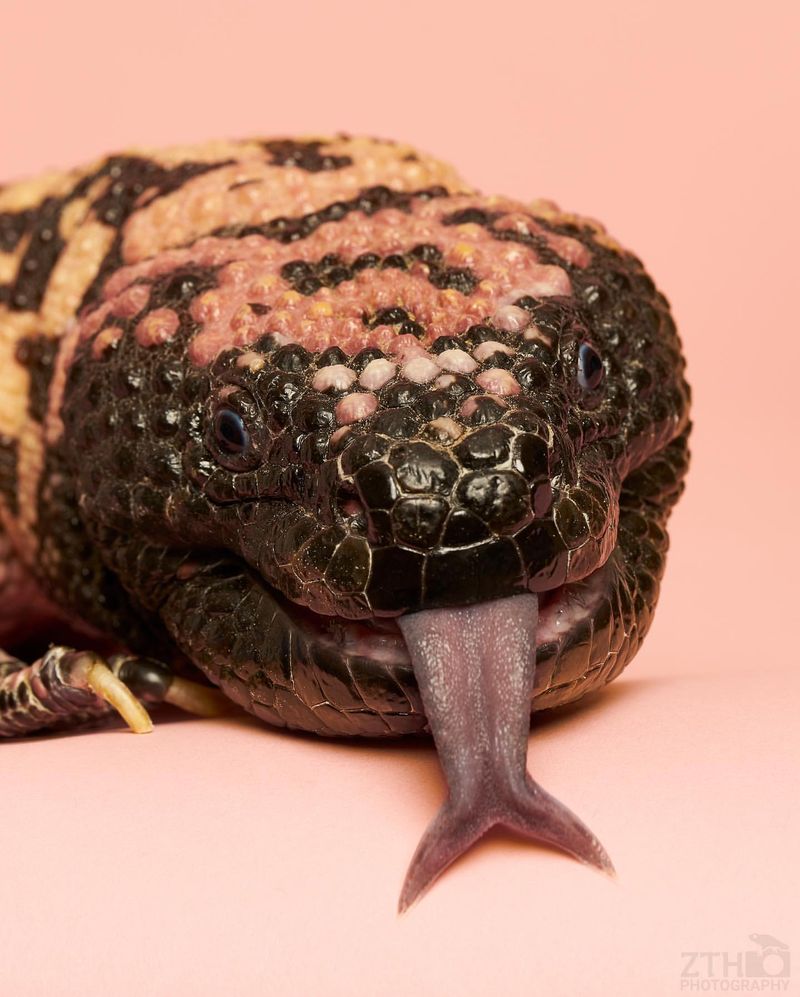
The Gila monster possesses a highly developed sense of smell, which plays a crucial role in its survival. This olfactory prowess allows it to detect prey and potential threats with remarkable accuracy.
By using their forked tongue, Gila monsters gather scent particles from the air and surrounding surfaces, drawing them into the Jacobson’s organ in the roof of their mouth for analysis. This sensory adaptation is essential for finding food in the sparse desert landscape, where prey may be hidden or scarce.
The lizard’s ability to track scents over long distances is a testament to their evolutionary ingenuity. Such a keen sense of smell not only enhances their hunting capabilities but also aids in navigating their environment, contributing to their survival in harsh conditions.
This remarkable trait underscores the complexity and adaptability of the Gila monster’s biology.
9. Legal Protection Measures
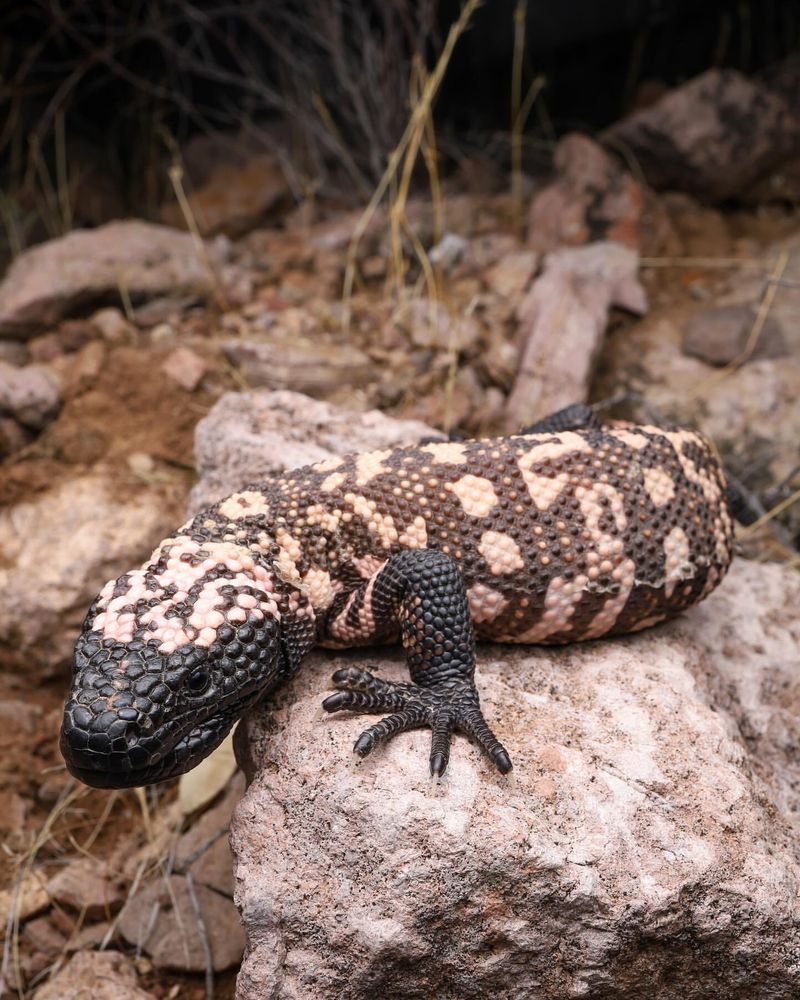
Due to their status as a Near Threatened species, Gila monsters are protected by law in many areas within their range. It is illegal to capture, kill, or sell these lizards without special permits, reflecting the importance of legal measures in their conservation.
These protections help mitigate threats posed by human activities, such as illegal pet trade and habitat destruction. Public awareness and education about the laws protecting Gila monsters are crucial for their enforcement and the species’ continued survival.
Legal protection is just one aspect of a comprehensive approach to conservation, ensuring that these fascinating creatures can persist in their natural habitats. By upholding these regulations, we can contribute to the preservation of the Gila monster and the ecological integrity of the regions they inhabit.
10. Scientific Research And Discoveries
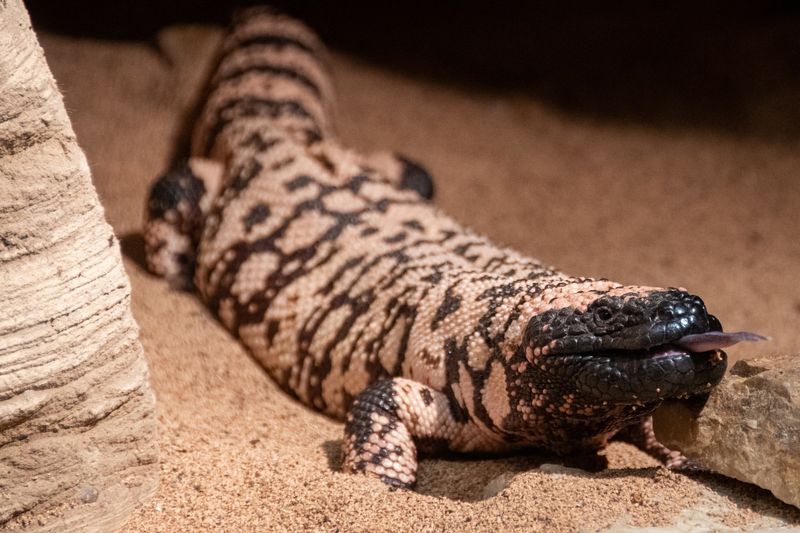
Scientific interest in the Gila monster has led to numerous studies and discoveries, particularly regarding its venom. Researchers have isolated compounds from the venom that may have applications in treating conditions like diabetes and Alzheimer’s disease.
These findings highlight the potential medical benefits of studying this unique reptile. Field studies have also enhanced our understanding of the Gila monster’s ecology, behavior, and physiology.
By observing them in their natural habitats, scientists gain insights into their role in the ecosystem and the challenges they face. Continued research is vital for conservation efforts and unlocking the secrets of the Gila monster’s biology.
This scientific exploration underscores the importance of preserving the species, not only for its ecological value but also for the potential benefits it offers to human health and medicine.

